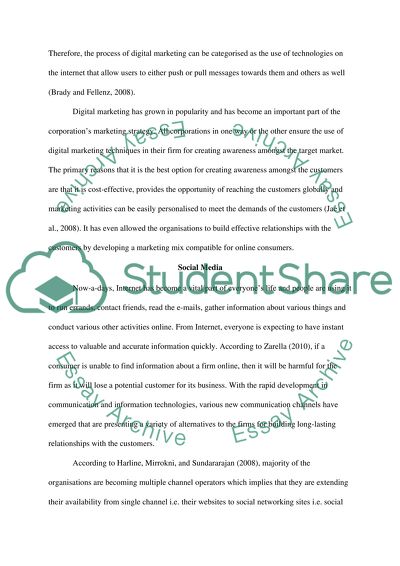Cite this document
(“Introduction to Digital Marketing Essay Example | Topics and Well Written Essays - 3000 words”, n.d.)
Introduction to Digital Marketing Essay Example | Topics and Well Written Essays - 3000 words. Retrieved from https://studentshare.org/marketing/1402573-digital-marketing
Introduction to Digital Marketing Essay Example | Topics and Well Written Essays - 3000 words. Retrieved from https://studentshare.org/marketing/1402573-digital-marketing
(Introduction to Digital Marketing Essay Example | Topics and Well Written Essays - 3000 Words)
Introduction to Digital Marketing Essay Example | Topics and Well Written Essays - 3000 Words. https://studentshare.org/marketing/1402573-digital-marketing.
Introduction to Digital Marketing Essay Example | Topics and Well Written Essays - 3000 Words. https://studentshare.org/marketing/1402573-digital-marketing.
“Introduction to Digital Marketing Essay Example | Topics and Well Written Essays - 3000 Words”, n.d. https://studentshare.org/marketing/1402573-digital-marketing.


